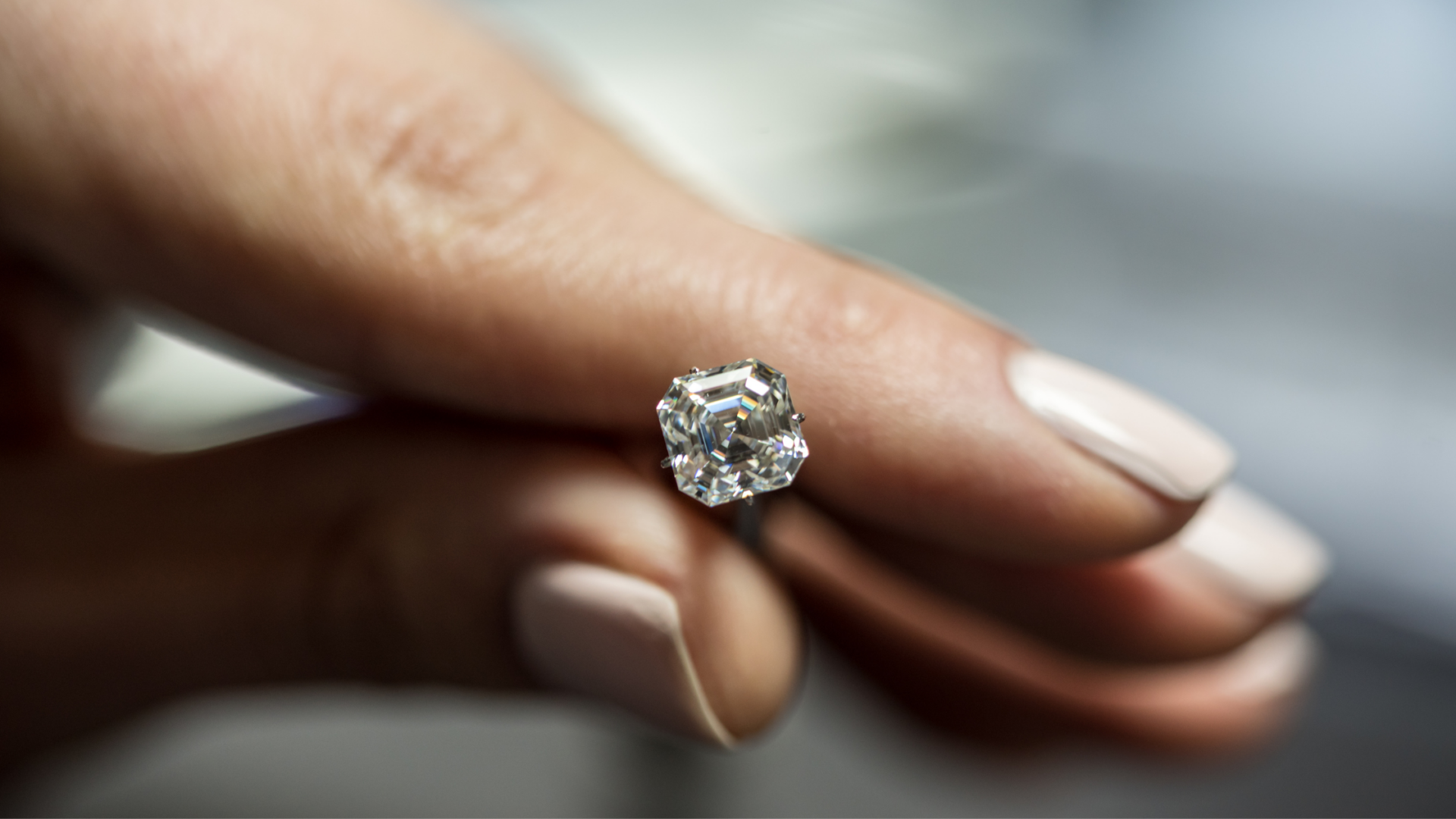mrsthirdcharms
Shiny_Rock
- Joined
- Sep 19, 2018
- Messages
- 233
@sparklynurse , out of curiosity, what are they considering proposing with: lab diamonds, simulant diamonds, or eschewing the whole idea of gifting diamond-ish rings generally? If it's really an ethical/environmental thing, I'd expect it to be the latter, because walking around with a diamond-looking anything just supports the diamond industry by propagating the diamond image. It would be like refusing to wear Nikes because of their employment practices, but still wearing their knock-offs because you liked the look.
@mrsthirdcharms , you and @sparklynurse are, of course, technically correct when you say "diamonds" aren't really that rare, but we're not talking about diamonds in such a general sense. Gem quality diamonds, and even more so, gem quality diamonds of significant size, color, clarity, etc., are, in fact, rare.
That said, I certainly agree that consumer prices are ridiculous. The mark-up on diamonds is equally so. And while it's likely true that what you pay is not what you can turn around a sell it for, they will, assuming you buy high color, clarity, and well-cut stones, retain a significant portion of their value due to the collective rarity of those characteristics.
But, to each there own. I'm just trying to understand. For me, spending thousands of dollars could only make sense with earth-grown diamonds, and just barely, even then.
I don’t know what’s hard to understand. It’s like Don Draper said: if you don’t like what’s being said, change the conversation.
Poo brown diamonds became “champagne” and “chocolate”. Dark grey, heavily included diamonds became “galaxy” diamonds. Where they previously would have wound up on the garbage heap, or destined for industrial use, now they’re boutique gem darlings, fetching high prices.
Personally, I’m excited about the potential for colored lab diamonds. The deep blues, violets, pinks. I don’t think it’s accurate to say there’s no appetite in the market for these types of lab created stones, or that people won’t be willing to pay a fair market price for them. Or resell them, even, on the secondary market. I see lab diamond for sale on pre-owned sites and eBay quite often.
I’m also excited about the idea that if I want a 2 carat round diamond, D color, VVS1 clarity XXX cut, I will be able to buy one for a reasonable price! Because I want to. It doesn’t have to cost more than my car. Why? Because we can. There is value in being able to have access beautiful things you want, for the pleasure of having them. Like 80-90% of mined diamond, my guess is that lab diamond is destined to be worn and enjoyed, as it should be, resale value be damned.
If you want to invest your money, buy real estate, or invest in mutual funds.



300x240.png)